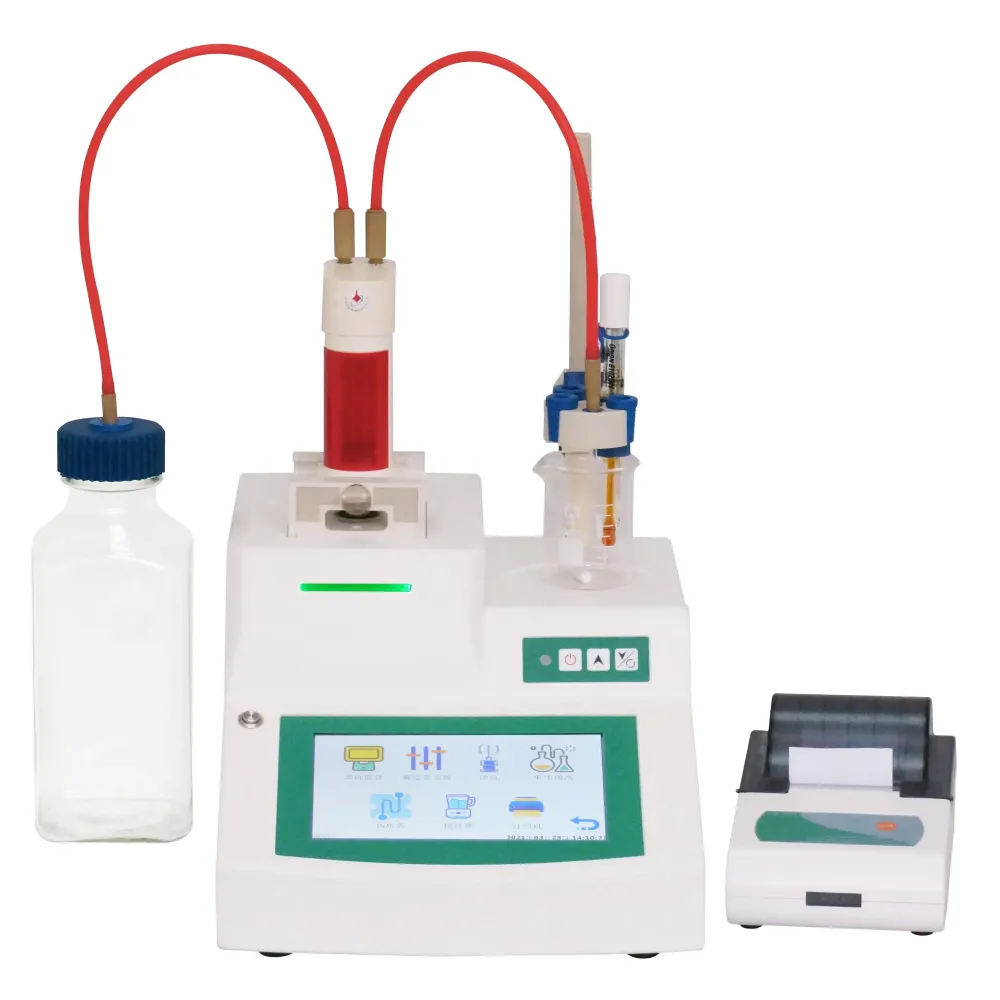 English
English


Determining Concentration Using Potentiometric Titration Techniques in Analytical Chemistry Applications
Understanding Assay by Potentiometric Titration Principles and Applications
Potentiometric titration is a quantitative analytical technique that measures the potential (voltage) of an electrochemical cell to determine the concentration of an analyte in solution. This method is particularly valuable in various fields, including pharmaceuticals, food chemistry, and environmental analysis, due to its high precision and reliability. By employing a suitable electrode system, potentiometric titration can be used to assay the concentration of specific substances, providing critical data for quality control and research applications.
Understanding Assay by Potentiometric Titration Principles and Applications
One of the main advantages of potentiometric titration is its ability to provide an endpoint detection that is often more accurate than visual indicators used in classical titration methods. In conventional titrations, the endpoint is determined by a color change, which can be subjective. In contrast, potentiometric titration relies on the precise measurement of voltage, allowing for the identification of the equivalence point with higher accuracy. This is especially important when assaying weak acids or bases, where the color change may be subtle.
assay by potentiometric titration

The titration curve generated during a potentiometric titration is critical for understanding the reaction dynamics. As the titrant is added, the potential of the indicator electrode changes, leading to the creation of a sigmoid curve. The steepest slope of this curve corresponds to the equivalence point, where the amount of titrant added equals the amount of analyte present in the solution. By analyzing this curve, chemists can determine not only the concentration of the analyte but also its dissociation constants, providing deeper insight into the chemical properties of the substance being studied.
Potentiometric titration is widely used in the pharmaceutical industry for the assay of active pharmaceutical ingredients (APIs). The technique allows for the precise quantification of compounds, ensuring that products meet established potency standards. Furthermore, it can be adapted to measure various types of acids and bases, making it versatile for different formulations. In food chemistry, potentiometric titration is instrumental in determining acidity levels in beverages and food products, aiding in quality control and compliance with regulatory standards.
Environmental applications of potentiometric titration include monitoring pollutants in water and soil samples. The technique enables the assessment of acidity and basicity in natural water bodies, which is crucial for understanding their health and ecological balance. By quantifying contaminants, researchers can take informed actions to mitigate environmental risks.
In conclusion, potentiometric titration is a powerful analytical tool for accurate assay and characterization of chemical substances. Its precision, adaptability, and the ability to provide detailed information about chemical interactions make it indispensable in various scientific fields. As technology continues to evolve, the integration of potentiometric titration with automated systems and advanced data analysis techniques will further enhance its applications and efficacy, paving the way for innovative research and quality assurance practices.
-
Differences between open cup flash point tester and closed cup flash point testerNewsOct.31,2024
-
The Reliable Load Tap ChangerNewsOct.23,2024
-
The Essential Guide to Hipot TestersNewsOct.23,2024
-
The Digital Insulation TesterNewsOct.23,2024
-
The Best Earth Loop Impedance Tester for SaleNewsOct.23,2024
-
Tan Delta Tester--The Essential Tool for Electrical Insulation TestingNewsOct.23,2024





